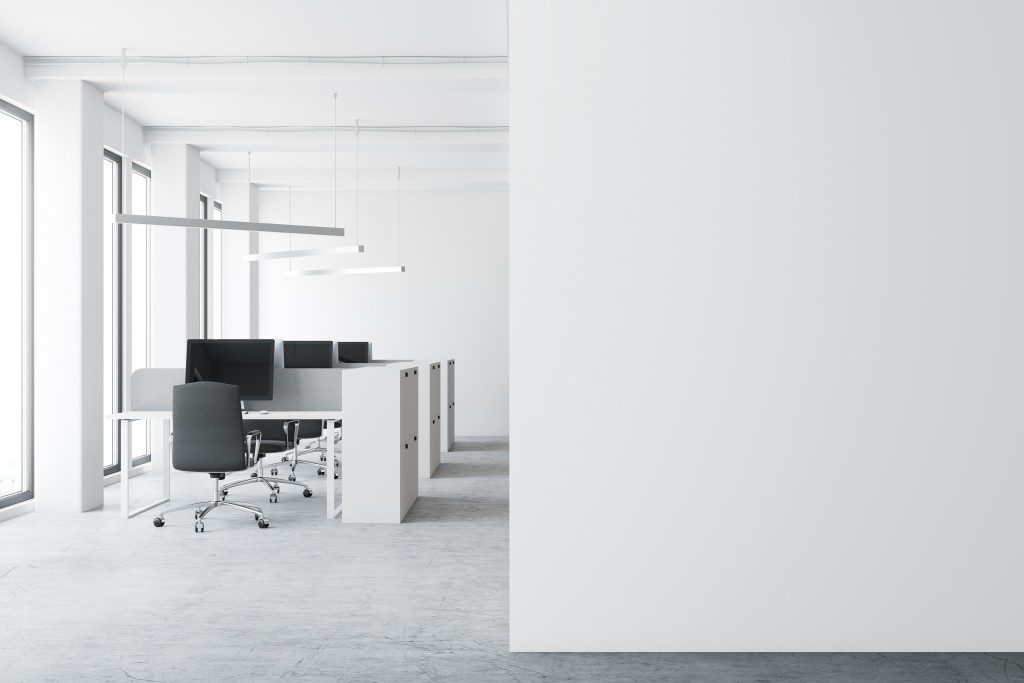An office is more than just a space where your employees work and you hold meetings with clients. The design of your office reflects your company’s brand and values. It also affects the efficiency and motivation of your employees.
Often, there are misconceptions about the layout and design of an office. These misconceptions can be damaging as they lead to mistakes with long-lasting effects. The experts from Zircon Interiors state that “Good design will result in a workplace that feels good to visit and spend time in, but get the design wrong and your business can suffer significantly.”
Scroll along to find out common misconceptions and how to avoid them once you’re ready for an office overhaul.
Misconception #1: Open-plan office design boosts efficiency
Open-plan offices were supposed to encourage collaboration among employees and help them to be more proactive. The intention was to motivate employees to stay driven by interacting with their co-workers, as well as to build a strong sense of community within the office.
However, recent studies show that open-plan offices compromise employees’ ability to concentrate on their tasks. When employees are distracted, their emotional resources deplete due to increased stress and errors. This type of design ultimately leads to poor work performance and reduced productivity.
The tip is to get the balance between open spaces and private cubicles in the office. Shared desk arrangements may cause a strain on work relationships due to crowding and low levels of privacy. You may provide specific zones where tour team can interact with colleagues without disturbing others.
Misconception #2: Style is not important
 Style is very important. The style of your office affects and reflects the branding of your company. An established brand identity becomes an important factor for your clients and customers to recognise you. A work environment that reflects the brand, values and the culture of your company will impress clients and improve workforce morale. Nobody wants to work in an office that doesn’t have character, and no client wants to work with a company that doesn’t have its own identity.
Style is very important. The style of your office affects and reflects the branding of your company. An established brand identity becomes an important factor for your clients and customers to recognise you. A work environment that reflects the brand, values and the culture of your company will impress clients and improve workforce morale. Nobody wants to work in an office that doesn’t have character, and no client wants to work with a company that doesn’t have its own identity.
Misconception #3: It’s okay to ignore health and safety factors
Health hazards should never be ignored. Ensuring the health of your employees is vital when you want them to be efficient in their work. Some careless decisions during an office fit-out can lead to health risks around the workspace. Take a close look around your office and see if there are things you can improve to promote the well-being of your employees.
For example, office lighting might not seem like a hazard but poor lighting can contribute to vision problems such as eyestrain. It also creates shadows and glare that may cause headaches in the short term and impaired vision in the long run.
Misconception #4: You don’t need the help of fit-out professionals
Some office owners think that collaborating with outside help can get confusing and messy. While small businesses can get away with DIY tactics, commercial offices need proper planning for waiting areas, workstations and meeting rooms. When a fit-out looks bigger than a simple renovation, consider getting the help of a professional. They understand the potential budget and are well-equipped in managing the project.
A well-organised office fit-out will increase the productivity of your team, but mistakes in the layout may lead to undesirable results. When you’re planning to revamp your office, avoid misconceptions that can hurt your company’s growth. The sooner you understand their repercussions, the sooner you’ll be able to optimise your office space for success.

